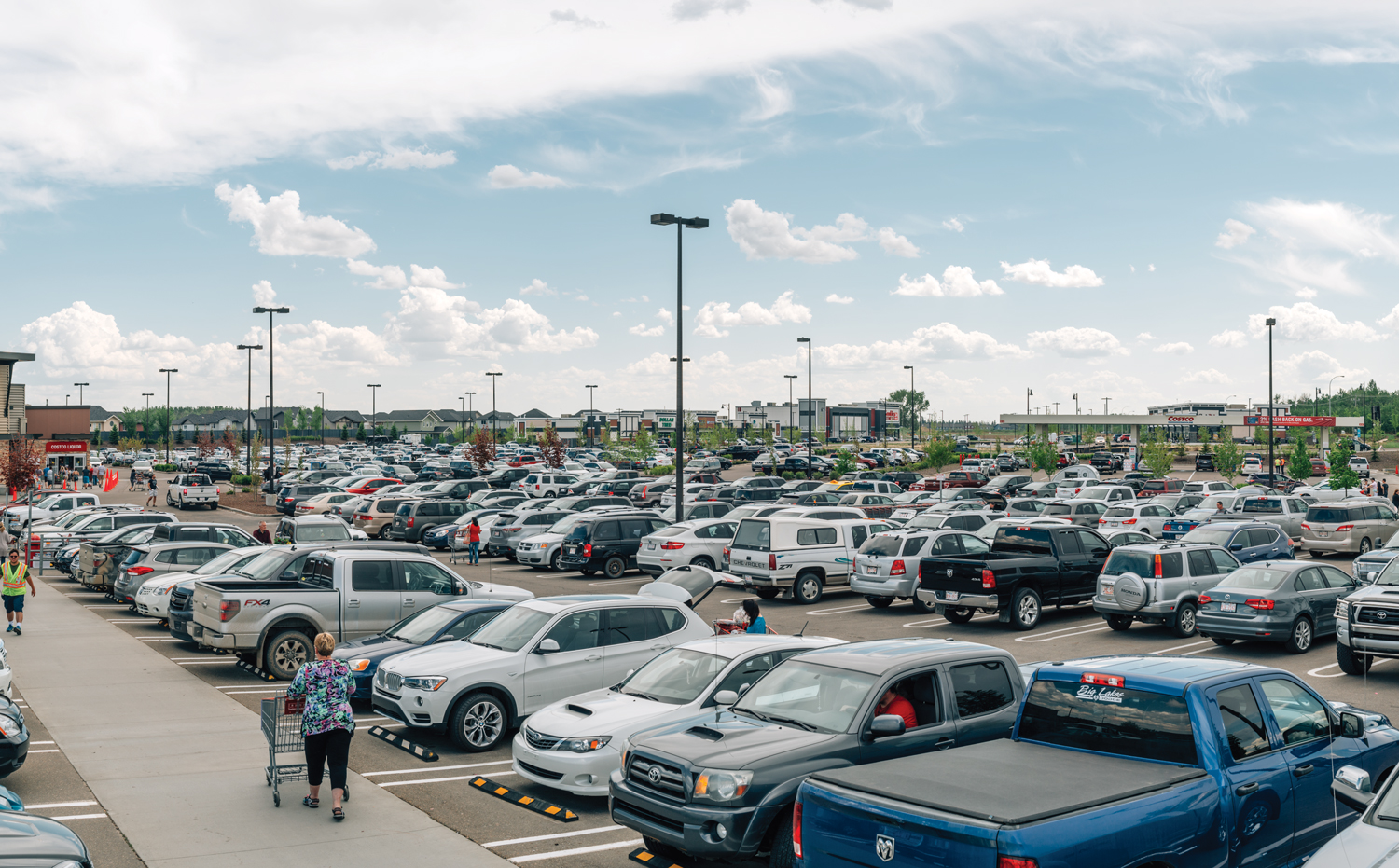Rogers Place opened less than a year ago, and has already welcomed more than two million visitors through its turnstiles. According to Susan Darrington, the Oilers Entertainment Group (OEG)’s vice-president and general manager of Rogers Place, that’s ahead of projections.
That means more visitors, more vehicles needing to be parked and more people on the streets. It means more traffic, but it should also mean a boom for local businesses.
But, truth is, we’re all still working to figure out just how the arena fits into Edmonton’s revamped downtown. Some businesses are seeing wild swings in their rush hours – busy before and after games and concerts, but unnervingly quiet when the band is on stage or Connor McDavid is making yet another spirited dash down the ice.
According to Scott McKeen, the councillor for Ward 6 that includes downtown, “Rogers Place has been a neutron bomb of issues, concerns and positivity.”
And, the biggest issue, the one he says the city is “still playing catch-up” on, is parking.
The Lingnan is located just north of the arena, a few steps from the eerily empty MacEwan LRT station (on P.52). When Rogers Place opened, drivers going to games or concerts would leave their vehicles in the free spots in front of the restaurant, leaving no spaces for restaurant patrons.
“Oilers customers don’t come to us,” said Miles Quon, who manages the 70-year-old eatery. “They park their trucks back here and then walk to the game.”
Miles and his sister, Mandy Quon, met with the OEG’s Stu Ballantyne and the North Edge Business Association to hammer out a solution. In the end, the city put a two-hour limit on the parking spots – long enough for someone to eat at the restaurant, but not enough time for someone going to a concert or game to leave their vehicle behind.
“Both parties helped us a great deal,” Miles says. “Ballantyne was very supportive and looked for ways to assist us.”
